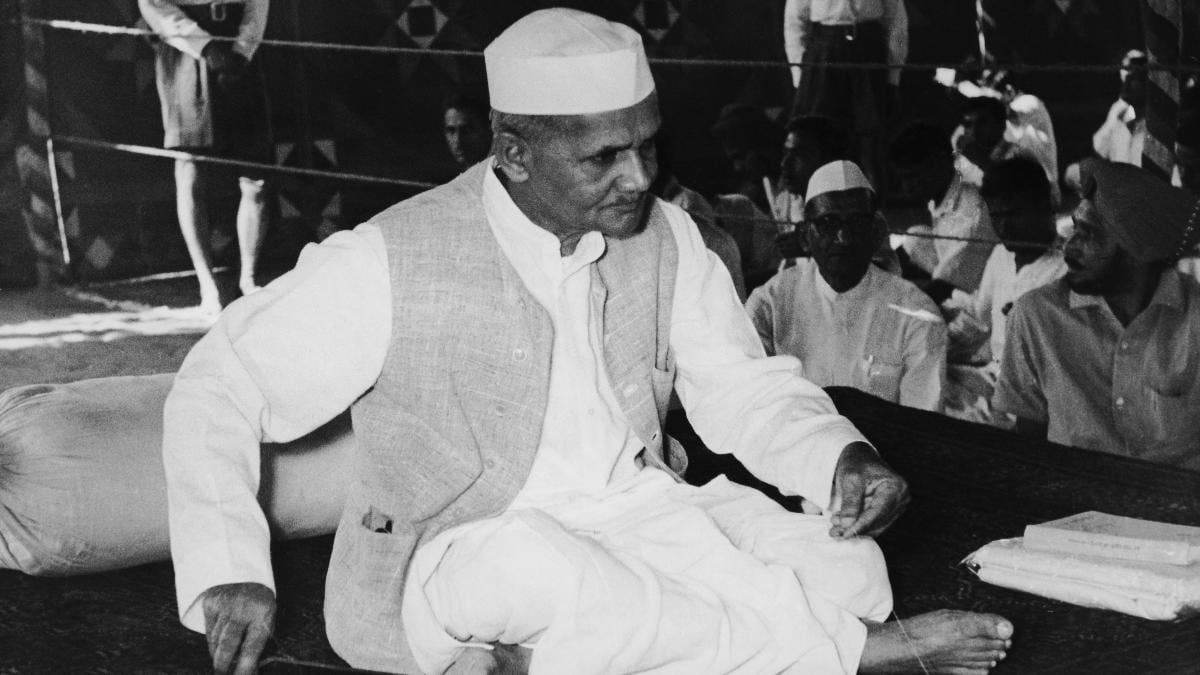Lal Bahadur Shastri was the second Prime Minister of India, who was born on 2nd October 1904. He had served the country for many years as the Minister of External Affairs, Minister of Home Affairs, and Minister of Railways. His patriotism towards his country led him to become one of the most renowned political leaders in South Asia.
His passion for knowledge and education was extraordinary. He used to swim across the river Ganges, twice a day to reach school taking his books and stationery on the top of his head.
While he was studying in Mahatma Gandhi Kashi Vidyapeeth College, he took the initiative to join the non-cooperation movement and left his studies in 1921. His thoughts were influenced by reading about Swami Vivekananda, Annie Besant, and Mahatma Gandhi.
He was a strong believer in equality and opposed the caste system & dowry system, hence gave up his family name during his early age. Also, there is an interesting fact to know that only after joining Kashi Vidyapeeth and after completing his studying in Philosophy he got the title of “Shastri”. He worked for the betterment and the upliftment of Harijans in Muzaffarpur, Bihar. Since he was against the dowry system which was quite prevalent at that time in India, Shastri took a spinning wheel and a Khadi cloth as dowry from his in-laws at the time of his marriage. Both of these items signified his love and respect towards Indian craftsmen and artists.
In 1920, he was very much influenced by Mahatma Gandhi and joined the Indian Independence movement. Simultaneously, over a period of time, he was getting recognized and held prominent positions within the Indian National Congress. His energy and struggle for freedom were well appreciated, which also landed him in jail for about 7 years. Post-Independence, he held positions in the cabinet like the first Railway Minister, Minister of Commerce and Industry and Home Minister. He took a few unique decisions after becoming the Transport Minister where he introduced the provision of female drivers and conductors in public transportation. Also, his tenure as the Minister of Police, he introduced the rule of spraying jet water to disperse the crowd instead of lathi charge.
He was considered to be a man of integrity, competence, humility, tolerance, and great inner strength. He had dedicated more than 30 years of his life to the country. Another interesting fact about Shastriji is that since he was in prison during the freedom struggle, his wife received a monthly pension of Rs. 50 and could save Rs. 10 out of it. To this, Shastri asked the government to reduce his pension to just Rs. 10 and give the rest to the people who need it.
He led India during the Indo-Pak war in the year 1965, where he initiated the popular slogan “Jai Jawan, Jai Kisan” (Hail the soldier and Hail the Farmer). It was because at that time India was also facing a food shortage and near bankruptcy. He was also considered to be a visionary person and his efforts of making the Green and White Revolutions great successes were considered to be profound. He had huge impacts in mending ways of food and milk production in the country which led India to avoid huge shortfalls of milk and food supply. He emphasized on the importance of milk production and supply. This led to the formation of the National Dairy Development Board in 1965.
Lal Bahadur Shastri died due to the popularly accepted theory of heart attack on January 11 1966 after signing the Tashkent pact. The cause, condition, and situation of his death are still debated. His earnest involvement in political and cultural processes in India will always be remembered. He was awarded the Bharat Ratna in 1966.
The author is a student member of Amity center of Happiness.





